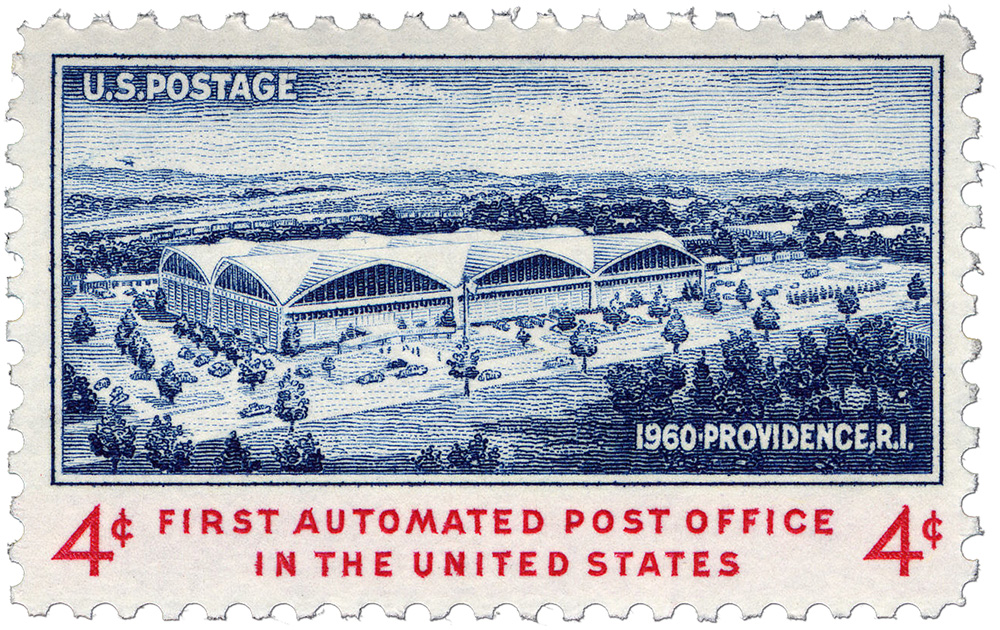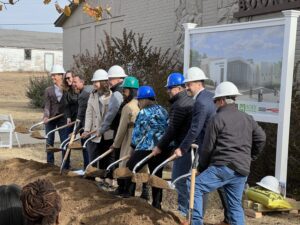Story by Jon Stalnaker AKA The Studebaker Dude
Times, they were a changin’… I started my postal career in 1974. It was a period of major changes at the Post Office. Having already made the transition from the Government’s U S Post Office Department to the United States Postal Service (a quasi-government entity) in July 1971, the company was no longer funded by tax dollars and was having to pay their own way through postage fees. They were mandated to not make a profit over time, and that is where the government oversees the USPS. The world was also changing, and many of the services that had been provided for multiple decades needed to go.
I was part of the crew that made the last airmail dispatch at the Stockton Sectional Center mail processing facility on May 1st 1977. I’m sure there are many people to this day that never knew about airmail. Airmail service was established in May 1918, when the aviation industry was the latest and fastest way to travel across the country. Back then, you paid a few cents extra to have your mail transported on airplanes instead of trucks or trains. As a matter of fact, by 1977 most mail was being transported on planes anyway, so there was no benefit to a separate class of mail. It wasn’t long after that, when the Railway Mail Service was also discontinued. Railway mail service was established in 1864, when mail was transported across the country on trains. They had postal rail cars that were configured to allow railway clerks to sort mail while it was being transported on the rails. It was a great time saver that was also no longer needed.
There were plenty of other methods of transporting and sorting mail that were inefficient. When I first started, mail was transported in sacks which were hand loaded on nutting trucks and floor loaded in tractor trailers using a conveyor belt system. This same conveyor belt was used to unload these trucks at the destination office. Now, mail is transported in wheeled cages that are designed to fit in these trucks. That system is much more efficient. We used to have a large cone that we used to sort packages. Someone would climb up to the top, inside the cone, and direct packages down multiple slides. The packages would be emptied from sacks at the bottom of a conveyor belt that took them up to the top of the slide. Now they have fancy machines that sort packages at a much faster pace.
Letter and flat mail was sorted by hand and pulled down in small bundles held together with rubber bands. These bundles would be tossed into sacks labeled to go to interim destinations. Tossing bundles into a large array of sacks in the sack rack area was a challenge, but a good job to master for when the carnival came to town. I got pretty good at that job. Now they are put into trays that are put into wheeled cages and rolled onto the trucks.
I was there for the transition of bundles and sacks to trays and rolling cages. My first bid job was working the letter sorting machines. Hand sorting operations still exist, but are limited to mail that does not fit in the machines or has poor handwriting or wrong addresses and such. I’m so glad I had the opportunity to experience the manual operations before technology took over. I worked the clerk operations for several years, but really wanted to be a letter carrier from the beginning. The biggest reason I wanted to be a letter carrier was because it was a day job. Most clerk operations are shift work. Swing shift would process all the incoming mail and dispatch it out by midnight. The midnight shift would take over and process all the incoming mail and send it out to associate offices or carrier stations for delivery. I did both shifts, but really wanted to live like a regular person that goes to work in the morning and comes home for supper. Working the shifts was a different lifestyle. Some people liked it, but not me. When I switched over to the letter carrier side of things, I was surprised at how different the work ethic was. I’ll elaborate on that next week.










